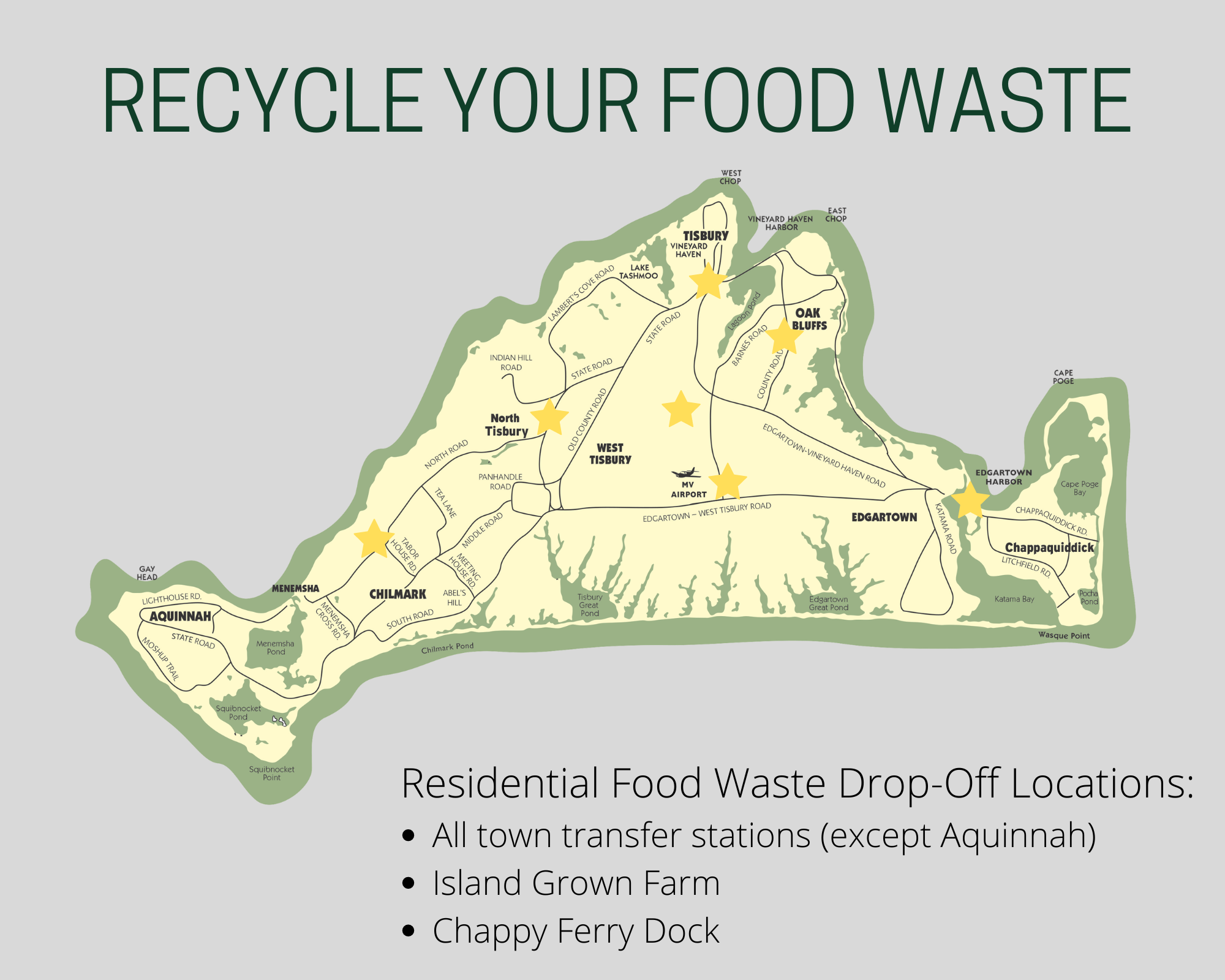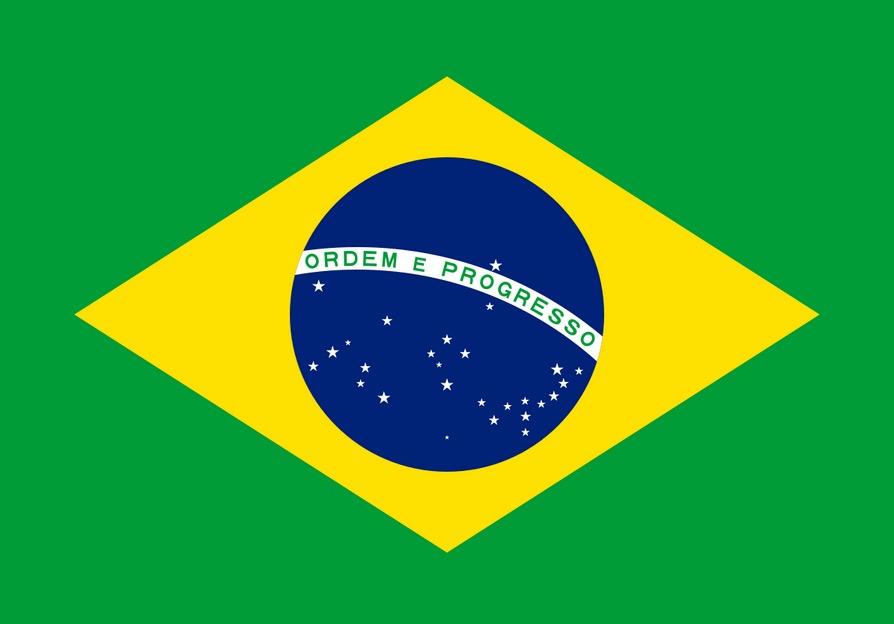OBJECTIVE
Students will understand that food is a representation of culture and identity. Students will gain a heightened awareness of the various cultures active on the island. Students will build tolerance and gain appreciation of less-recognized cultures on the island. Students will be able to plan and cook a meal from start to finish.
ESSENTIAL QUESTIONS
How does food reflect culture? How do cultures relate to food? How can we build understanding of other cultures? What is Martha’s Vineyard Food Culture?
MATERIALS NEEDED
Film: 100 Foot Journey, Family Food Interview questions from Nourish curriculum, note taking supplies (most likely provided by teacher),Kitchen and cooking supplies (Home Ec. room if possible)
PROCEDURE
Introduction:
Day 1) Begin by watching a portion of the film. Following the film ask: How do the French and Indian families express their culture? How do the French and Indian cultures relate to food? Students should see that food is an expression of culture and that different cultures have different relationships to food and different traditions around food. Introduce Family Food Interviews and explain that we will be investigating our own cultures through food.
Day 2) Finish the film. Ask: What interactions occur between the French locals and the Indian family? What conflicts occur between the French restaurant and the Indian restaurant? How are these conflicts resolved? Students should understand that when people move around, cultures clash. Often times these clashes turn violent. When a group is mistreated because they are of a different culture, this is racism (as seen in the film when the Indian restaurant is burned down). Students should understand that to avoid conflict, efforts to understand each other’s culture must be made. Eating different culture’s foods is a great way of building understanding. Wrap up family food interviews and share back.
Day 3) Explain to students we will cook a meal that includes foods from various cultures to demonstrate the multiculturalism of Martha’s Vineyard.
Activity:
Day 1) Watch film and lead discussion afterwards. Students partner up and begin family food interviews. Walk around the class and help students answer questions. For example, students will struggle with questions such as what rules or rituals do you follow at meals. Ask students: Do you sit on chairs? Do you sit around a table? Do you use silverware? Are you allowed to use technology at the table? Do you have similar conversation with each meal? These are ways of getting children to realize that these are all rules and rituals surrounding eating that other cultures may not practice. Students may struggle with question about stories behind food. Ask students: Does your parent cook food that their parent taught them how to cook? If yes, that is a story!
Day 2) Watch Film and lead discussion afterwards. Wrap up family food interviews and share back. Ask students to share their partner’s responses to one or two questions. Teacher should record the various foods, rules and traditions that come up. Next, ask students what foods Martha’s Vineyard is known for and what they consider Martha’s Vineyard food culture? Record students’ responses. Compare the two lists. What is different from the M.V. Food Culture list and the list of foods students say they eat. Ask: should we include the foods we all eat to the M.V. Food culture list? (Yes) Ask: What makes up food culture, what a place is known for? What grows locally? Or what people actually eat?
Day 3) Have each class select a dish from the list that they want to cook.
Day 4) Cook all day! Eat at the end of the Day!
Wrap Up/Assessment:
Ask students before they begin eating why we cooked the foods we cooked and why we did this unit.
FOLLOW UP & EXTENSIONS
Explore what crops are grown on M.V. and what cultures they represent. Do are locally grown crops for various cultural dishes grown on the island? If not, why? Lesson about how certain crops grown in certain climates or how farmers grow crops that are profitable and often times people of non-dominant cultures cannot afford local food. What are solutions to making food of various cultures available? Growing multi-cultural crops in the garden, etc.








